For many pet owners, taking their pets on a trip can be a lot of fun. However, it requires a lot of preparation to ensure the safety and comfort of your pet. Here are some guidelines for travelling with your pet to help you arrange an enjoyable travel experience for you and your pet.

First, plan your trip. Choose a pet-friendly destination, such as a pet-friendly hotel or flat, or some attractions that allow pets. Before booking accommodation and activities, ask the hotel or attraction if pets are allowed and if there are pet policies and regulations in place, as this will make your trip easier.
Next, be prepared for your pet. Pack your pet's medical records and essentials such as food, water, pet beds, toys, litter boxes, etc. During your journey, make sure your pet has enough food and water, and provide them with plenty of rest and exercise time to ensure they feel comfortable and safe.
Also, prepare your pet for transport. Whether you are flying or driving, you need to be aware of the airline or car dealership's pet policy and have the required documents and references for your pet. If travelling by air, it is advisable to speak to the airline some time in advance and book your pet's cabin to ensure your pet's safety and comfort.

Finally, be concerned about your pet's health and safety. Pets can suffer from stress and discomfort during the journey, so it is important to keep an eye on their health and behaviour. If your pet develops any problems or discomfort, take it to the vet promptly.
In short, pet travel requires thorough planning and preparation. Choosing pet-friendly destinations, preparing essentials for your pet, paying attention to transport policies and arrangements, and keeping an eye on your pet's health and safety are all important factors in ensuring a smooth and enjoyable trip.
Tips for preparing items for travelling with pets:
- Warm blankets: As temperatures change greatly in autumn, it is important to keep your pet warm and protected from the cold when travelling, so be careful of catching a cold.
- Raincoat: During the autumn rainy season it is recommended to prepare a mackintosh for your pet according to the weather forecast and geography of your travel destination to prevent getting sick in the rain.
- Adequate food: In order for your pet to adapt to the local soil and water as soon as possible, it is recommended that you feed your pet the same amount and at the same time as usual.

- Snacks and toys: Choose one or two toys and snacks that your pet likes and is familiar with, and take them with you to soothe your pet during the trip.
- Portable water bottle and food bowl: ensure that your pet is well hydrated during the journey.
- Pet pee pads: if your pet needs to go to the toilet, it can be easily accessible in the car.
- Leash + carrier: For your own safety and the safety of others, it is important to wear it when you go out. If travelling by car it is also recommended to have a pet car seat belt.
- Airline crate or cage: The inside can be padded with a mat that your pet is familiar with to make it more at ease and relaxed.
- Garbage bags: Carry rubbish bags with you to be a qualified pooper scooper.
- Always have medication on hand: To prevent your pet from becoming uncomfortable with the elements and losing its appetite during the journey, have a Gulden probiotic on hand. Gluton nutritional cream can help replenish your pet's energy, relieve fatigue and prevent illness. Vitamin B (to relieve vomiting), motion sickness medication, anti-stress medication and insect prevention medication.

For pets with a bit too many items, you can choose the Airwheel se3t luggage.
Tips for travelling with pets:
- Advance planning
Nowadays, it is relatively convenient to travel with pets, but in terms of accommodation, most of the hotels and hostels in China do not accept pets, so accommodation with pets is the biggest headache. Don't take any chances when you get to your local area. Be sure to plan your travel itinerary in advance and use the website to find a target hotel to stay at.
- Telephone to determine if you can stay with your pet
This really needs to be determined in advance by calling one by one to confirm if you can check in with your pet. If you're staying at a bed and breakfast, there are some that prohibit pets. If you want to book a hotel, call ahead and tell your pet's breed, size and characteristics, generally speaking, the occupancy rate of hotels, inns and B&Bs is over 90%, and star hotels range from 20% to 50%.
- Be civilized and courteous when checking in with your pet

In addition to bringing pets to check in should also be civilized, do not let the pets go to bed to dirty and damage the hotel facilities. Travel on a leash and try to soothe your pet to avoid affecting other guests by barking.
When staying away from home, it is a good idea to prepare your pet's usual bed/portable nest, etc. We should also prepare a dog toilet. If the hotel is carpeted, we must be more careful about the movement of our little ones. All in all, a peaceful and happy time together is sure to bring back fond memories of the trip.
Tips for taking pets to tourist attractions:

When we travel with pets, apart from worrying about inconvenient accommodation, there is also the concern of whether the attractions are accessible for dogs to visit. Based on our travel experience over the years, this is a regional situation and also relates to the level of the attraction.
What if pets are not allowed? Here's a tip: buy a pet backpack, preferably one that's breathable and can be pushed or pulled, and tell the people at the attraction that we won't let our pets run around on the ground during our visit, and the attraction won't say anything.
However, there are disadvantages to this option. Firstly, only smaller pets are allowed, and small owners of more than 15 pounds generally cannot use this option. Secondly, it is physically demanding for the owner and is suitable for scenic areas with flat terrain. It is also more tiring to carry the owners on their backs if they are climbing up hills. Of course, if you don't want to hike with your pet on your back, you can also try getting an Airwheel smart riding suitcase, which makes it a lot easier.

For the second option, you can put the little owners in the car, when you should pay attention to opening a little window for the owners to breathe, and also park the car in a cool and ventilated place in a regular car park, and preferably also give a word to the car park attendant to keep an eye on their car and the pets in it.
The third option is to talk to the hotel owner and just leave the little owners at the hotel and let the owner look after them, some owners will even offer to look after the pets.
In addition, some 4A and 5A scenic spots will provide pet boarding rooms, so you can ask the visitor centre to take a look at the environment before making a decision on whether to board.
Tips for Travelling with Pets on transportation:
- Self-driving, recommended index five stars

Self-drive is the most convenient way to travel with pets. On a self-drive trip, pets can get out of the car to move and hydrate properly. Owners can also observe their pets' condition at any time, talk and interact with them and reduce their anxiety about travelling. However, it is important to remember to place your pet in the back (not in the passenger seat!!!) when travelling by car. If possible, try to have someone with you to prevent your pet from moving around and compromising driving safety. Or use your pet's car seat belt, airline crate, etc. to fix.
- High-speed rail, recommended index four and a half stars
Now the high-speed railway already has the business of consigning pets, but one to two days before the trip, bring your pet and vaccination certificate to the pet health and quarantine department approved by the railway department to do a medical examination and obtain a health certificate. Take the train when it is 2-3 hours in advance with the air box or pet cage to send the pet to or station consignment department to issue a health certificate and vaccination certificate, tickets, for consignment procedures.

- Airplane, recommended index four stars
It is necessary to confirm in advance whether the flight information can carry pets, whether it is an oxygenated cabin? Required certificates and procedures, processing time and process, etc. According to airline requirements, animal quarantine certificates (valid health certificates and vaccination certificates) issued by health and quarantine departments at or above the county level are required. The quarantine certificate is valid for a maximum of 7 days, so be sure to get it a few days in advance of your flight time to avoid delays. On the day of your flight, arrive at the airport at least three hours beforehand and do not feed or water your animal for six hours before departure.
After reading these tips, you know how to travel with your pet, right?
Finally, enjoy your trip!

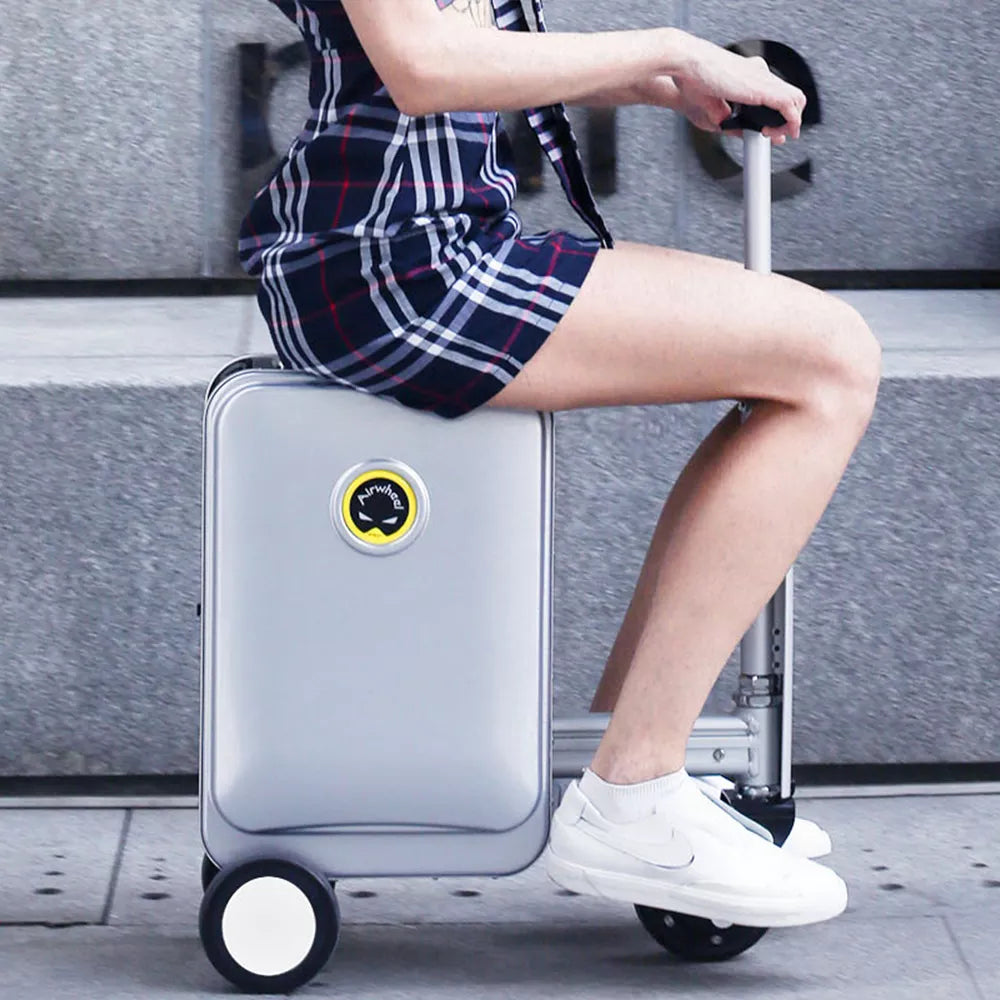
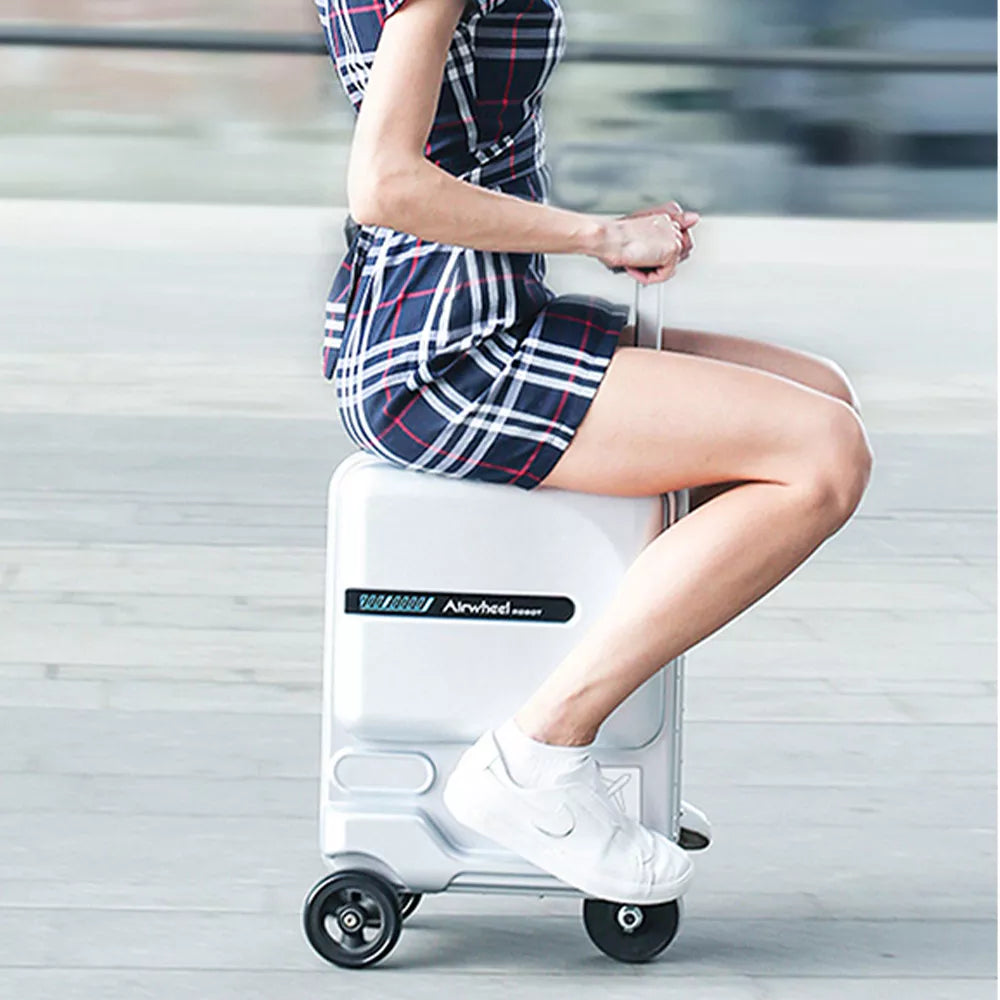
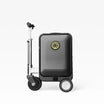
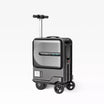
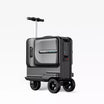
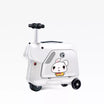
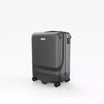

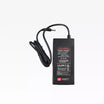





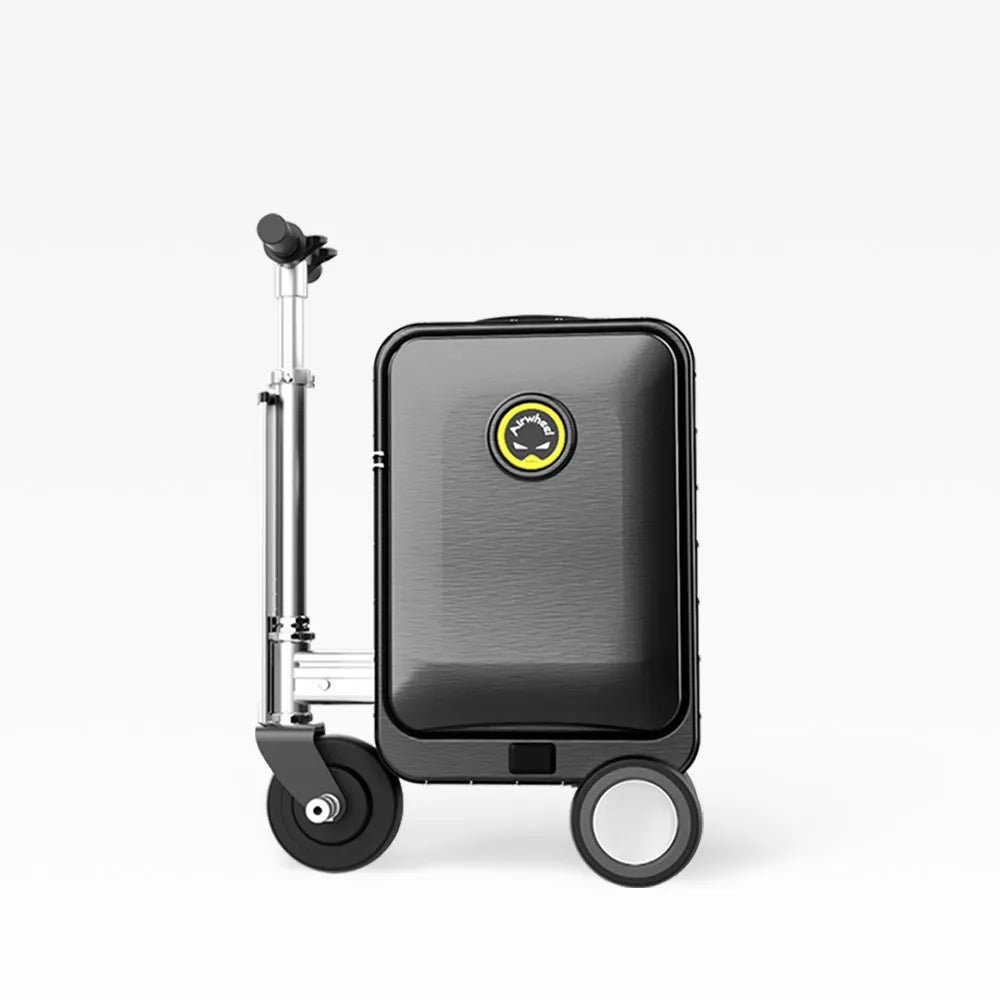
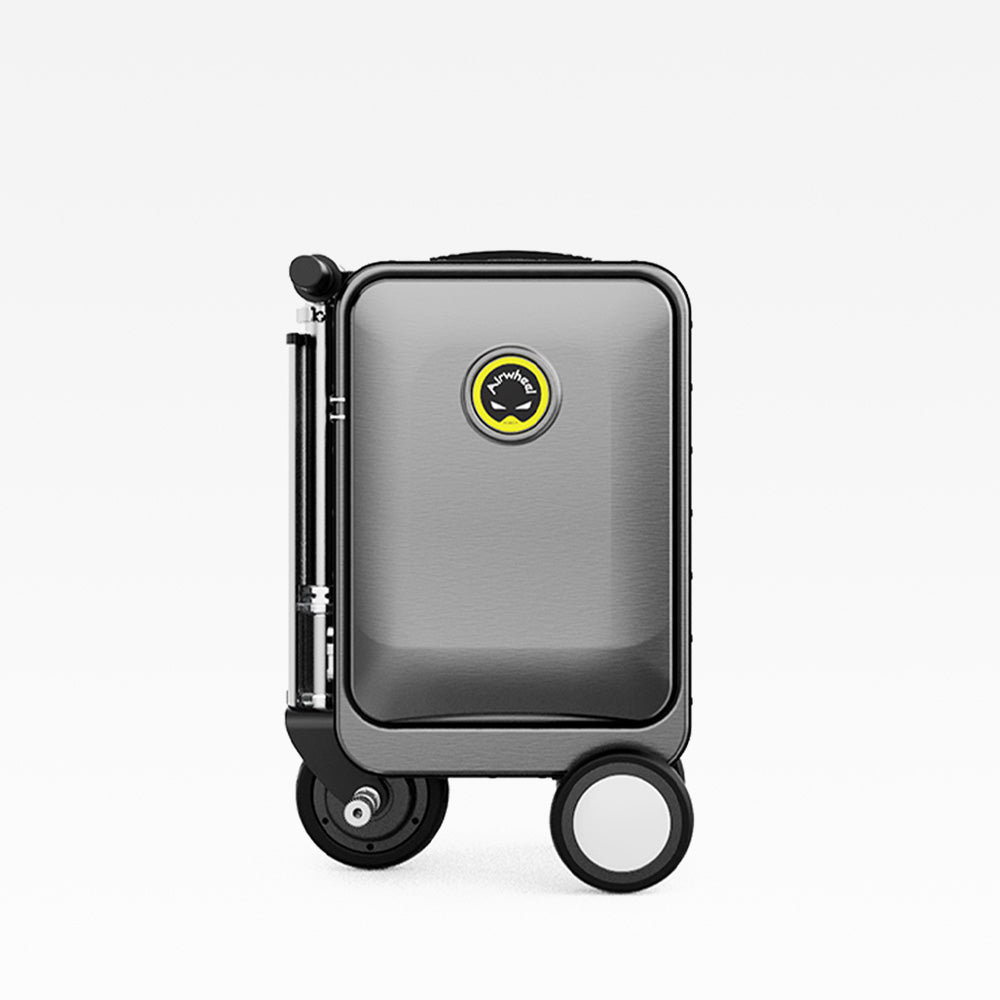
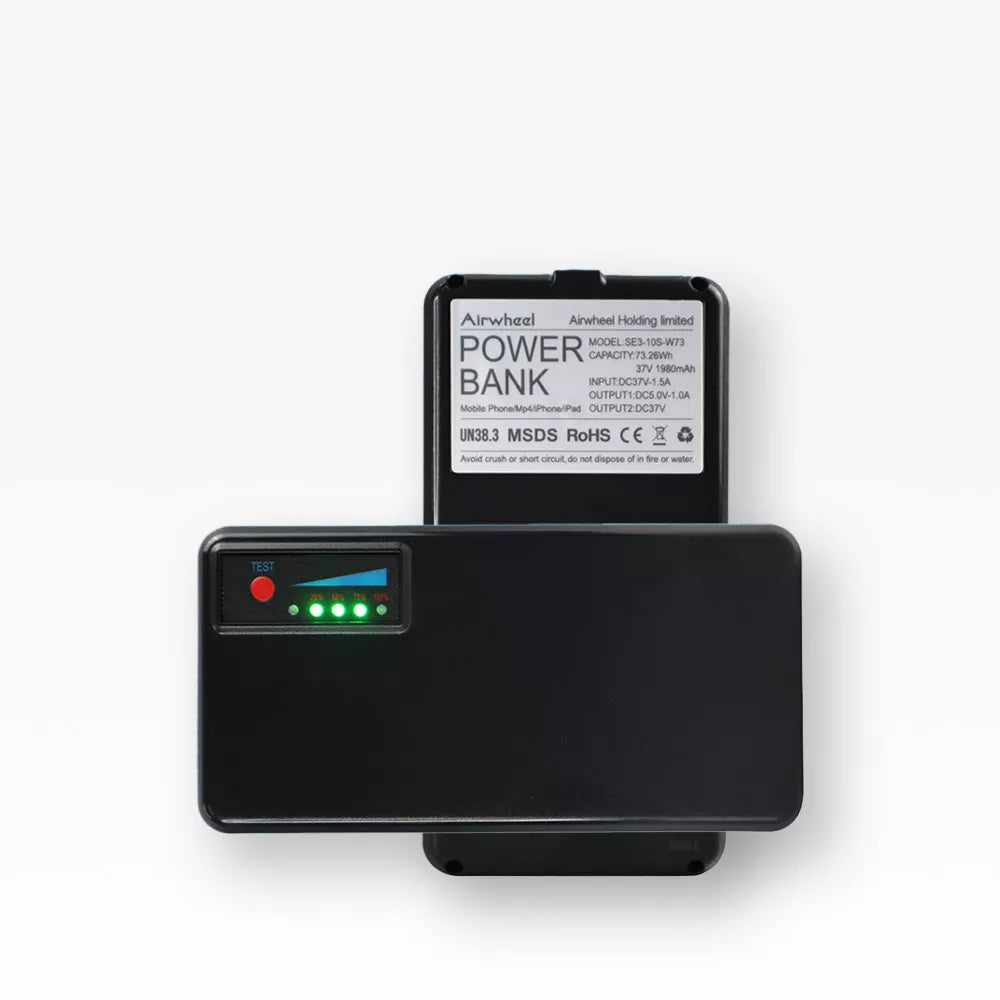
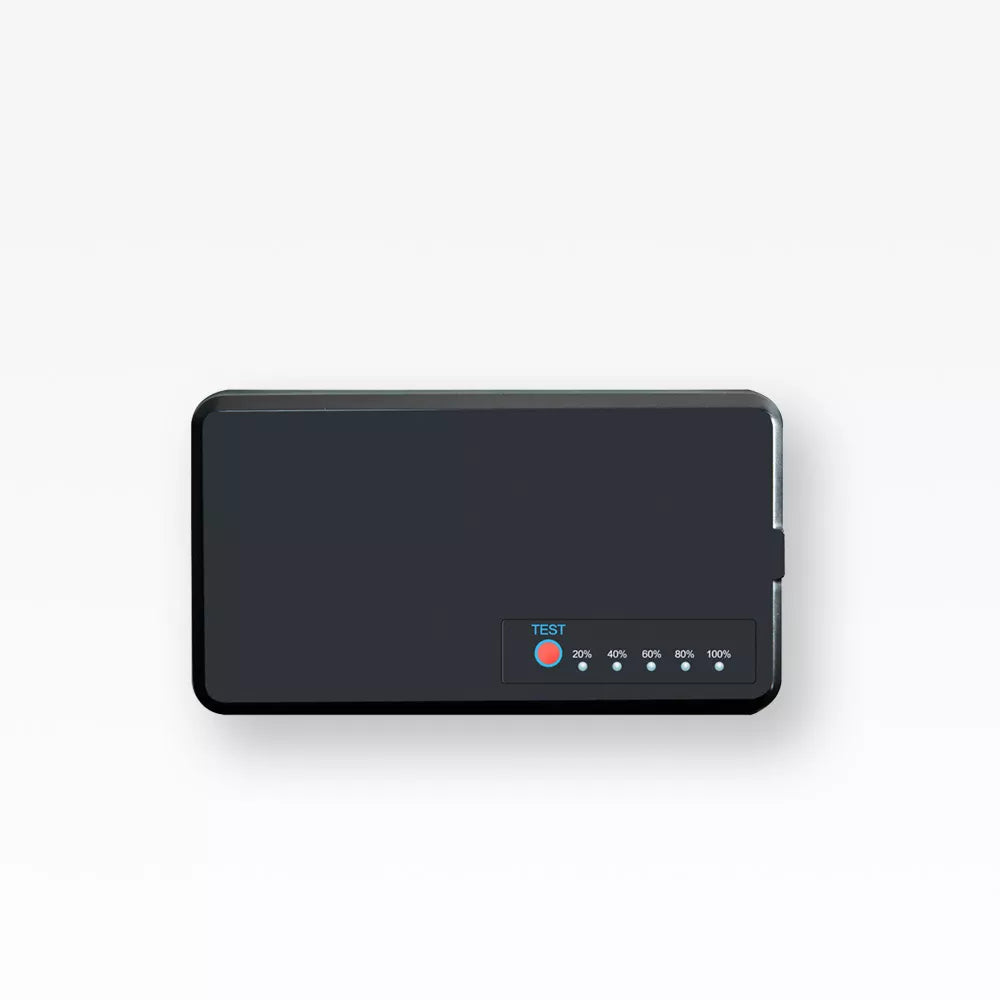
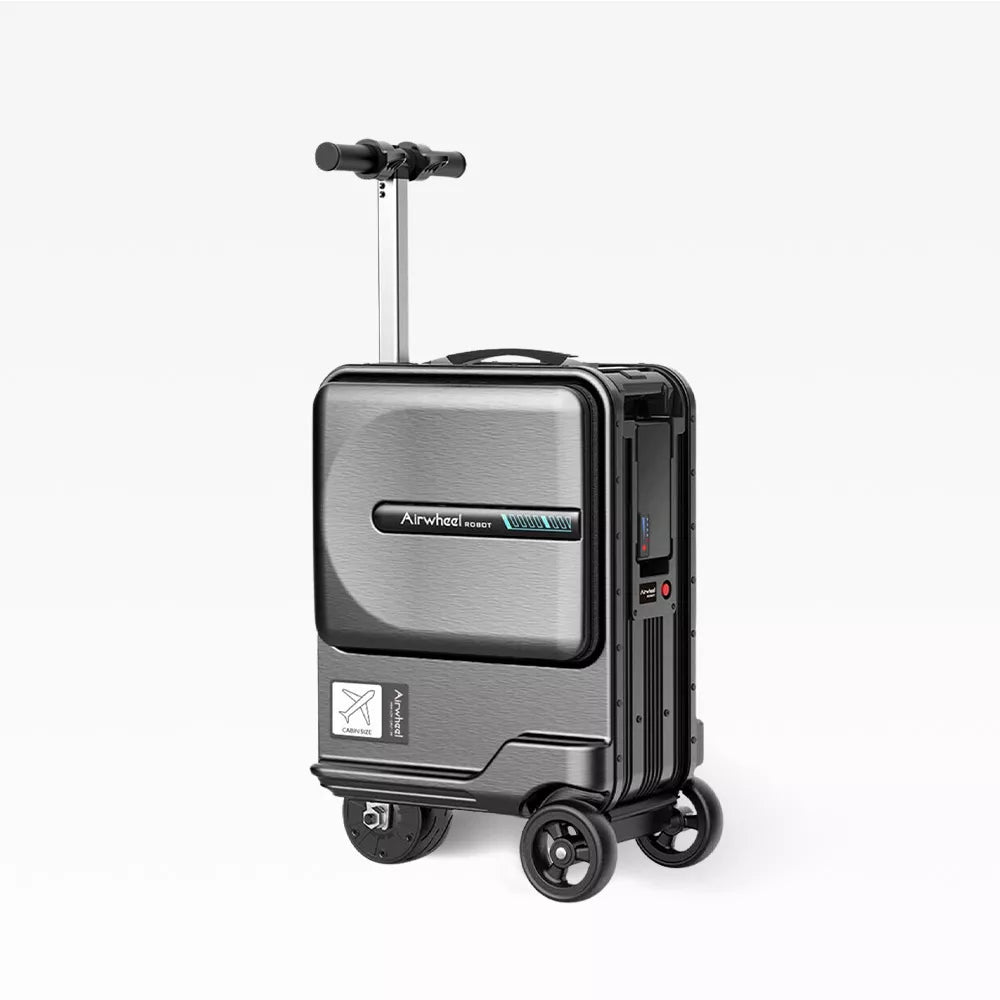
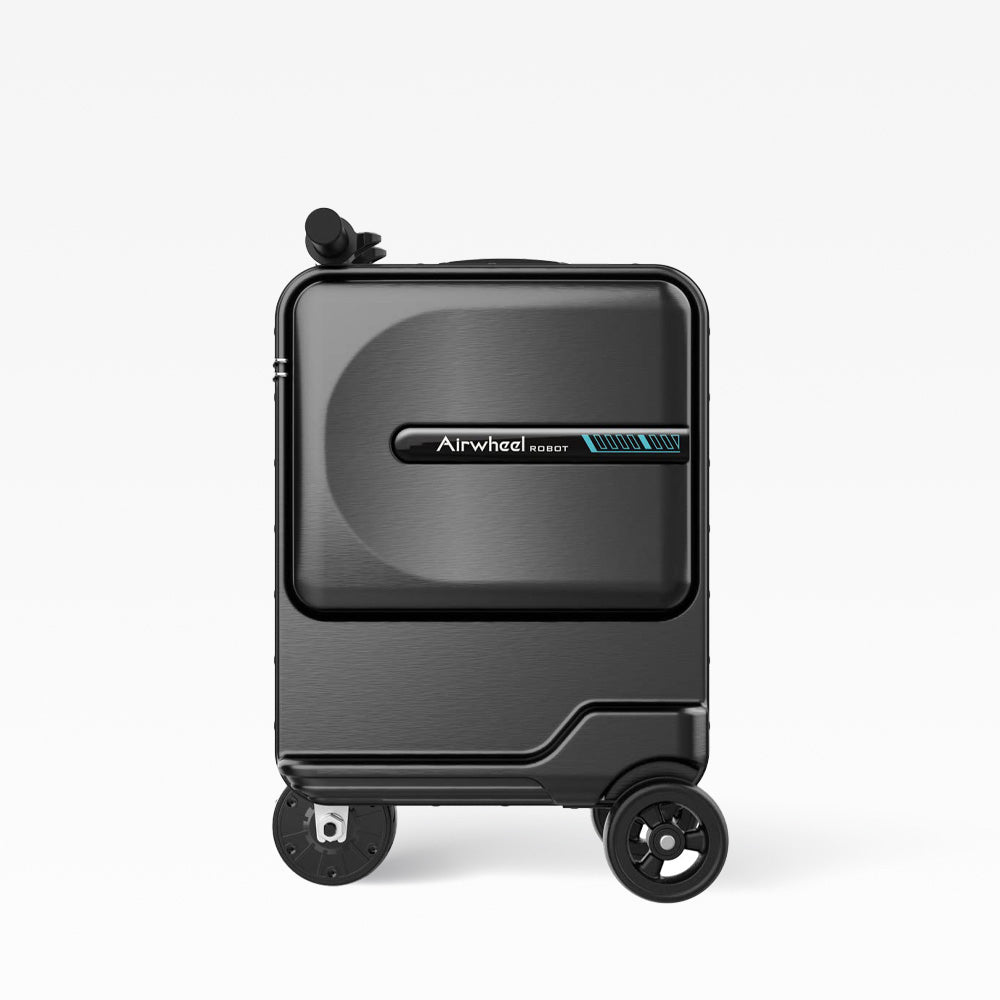

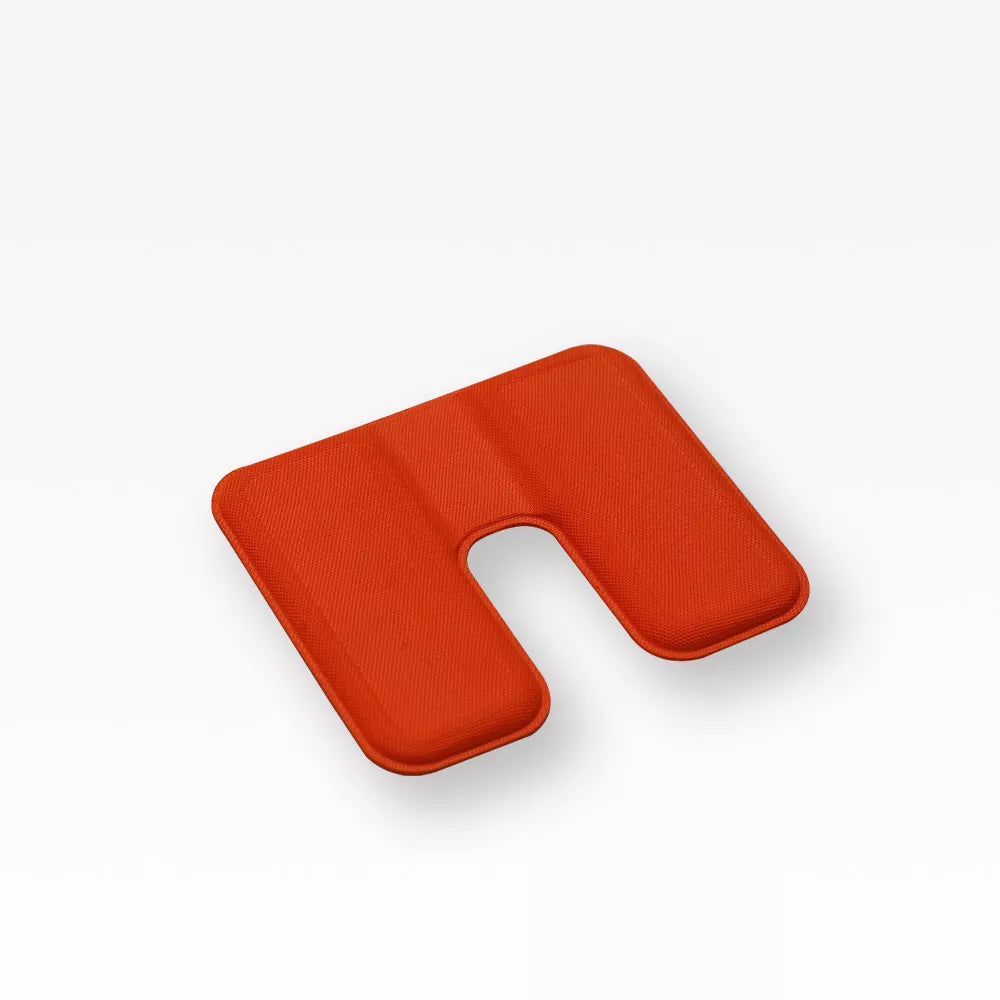
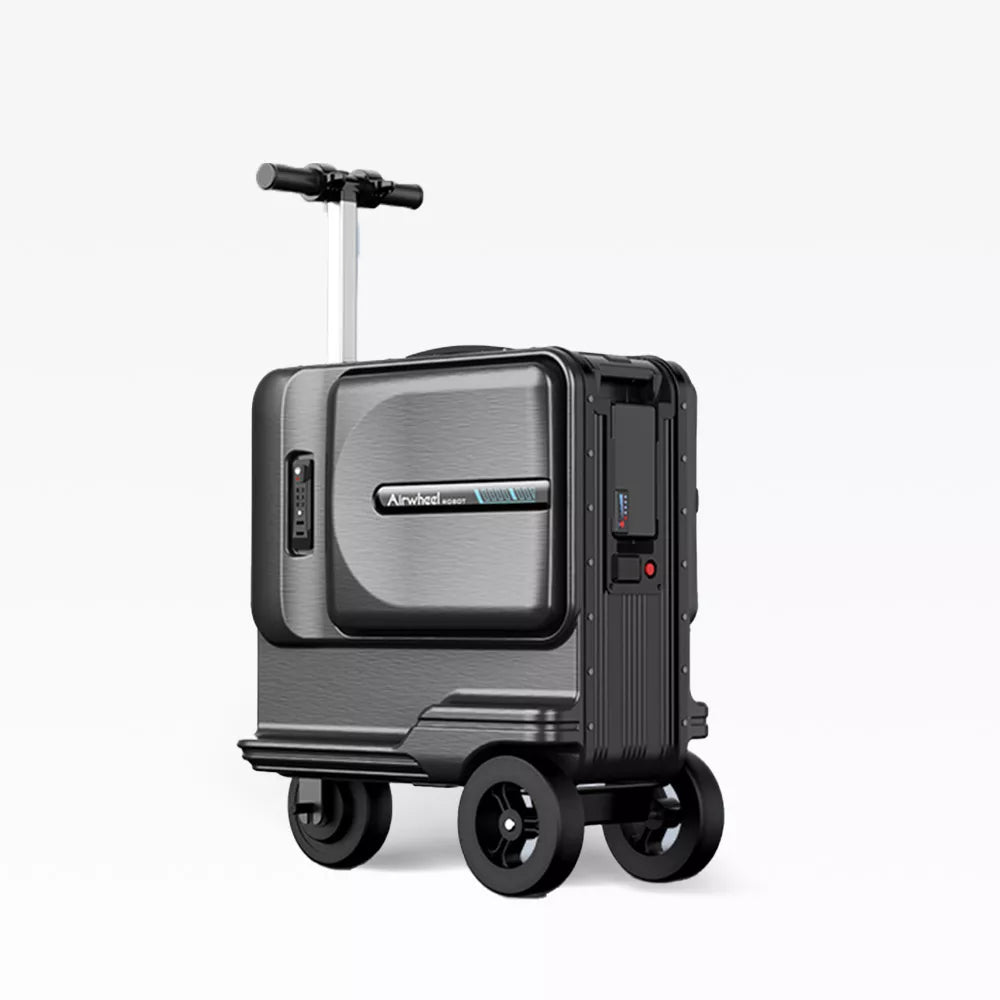
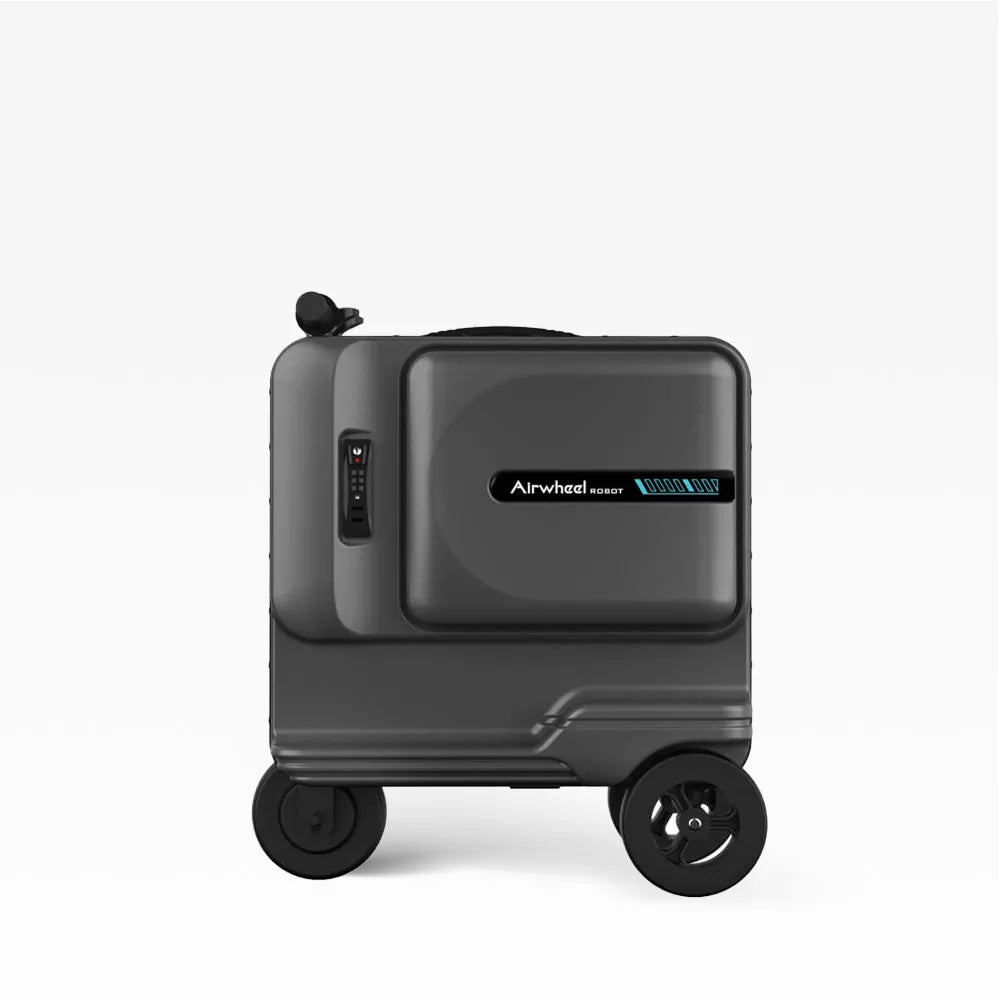
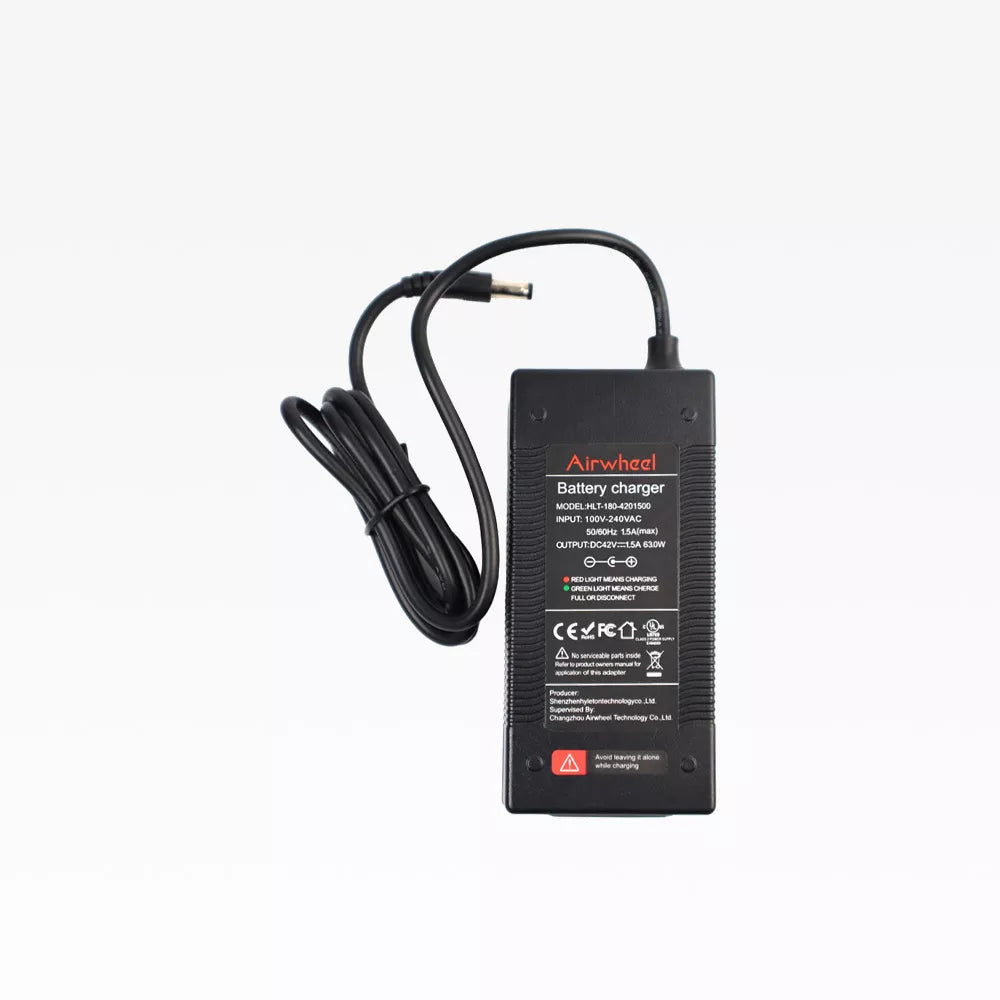
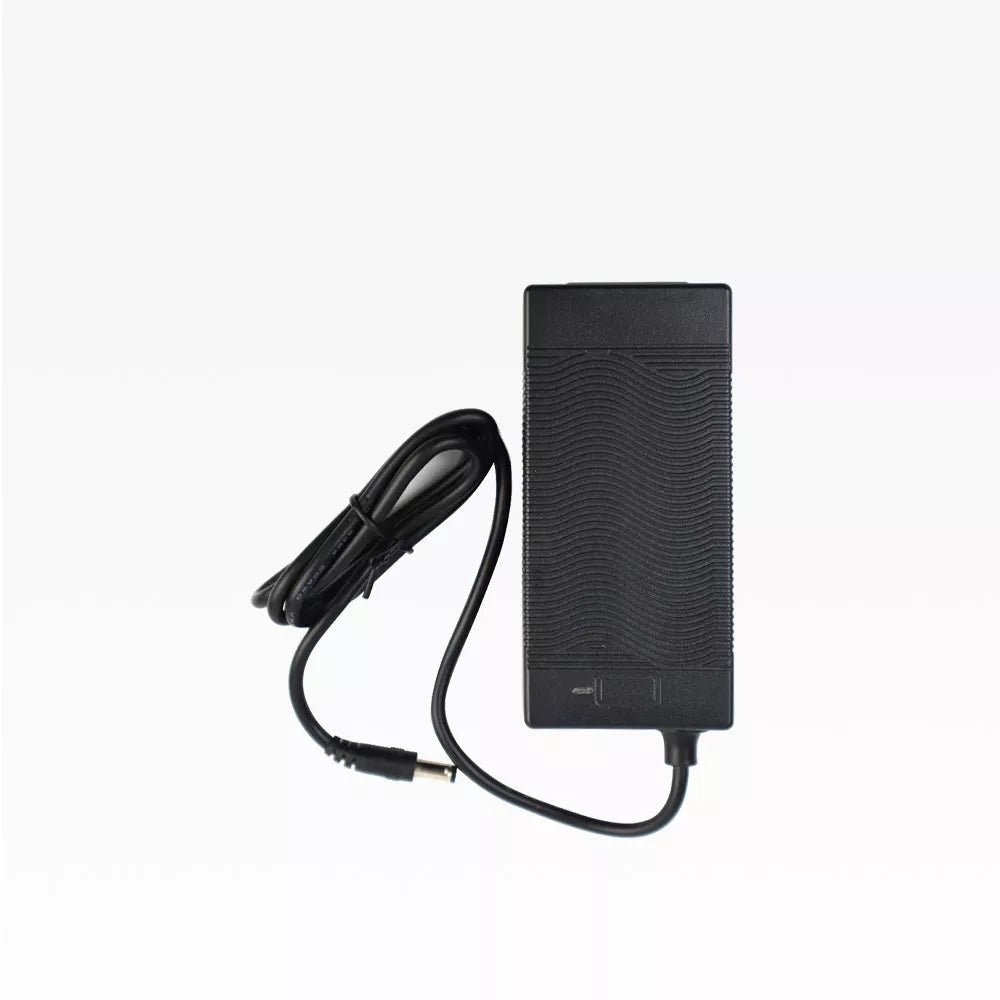
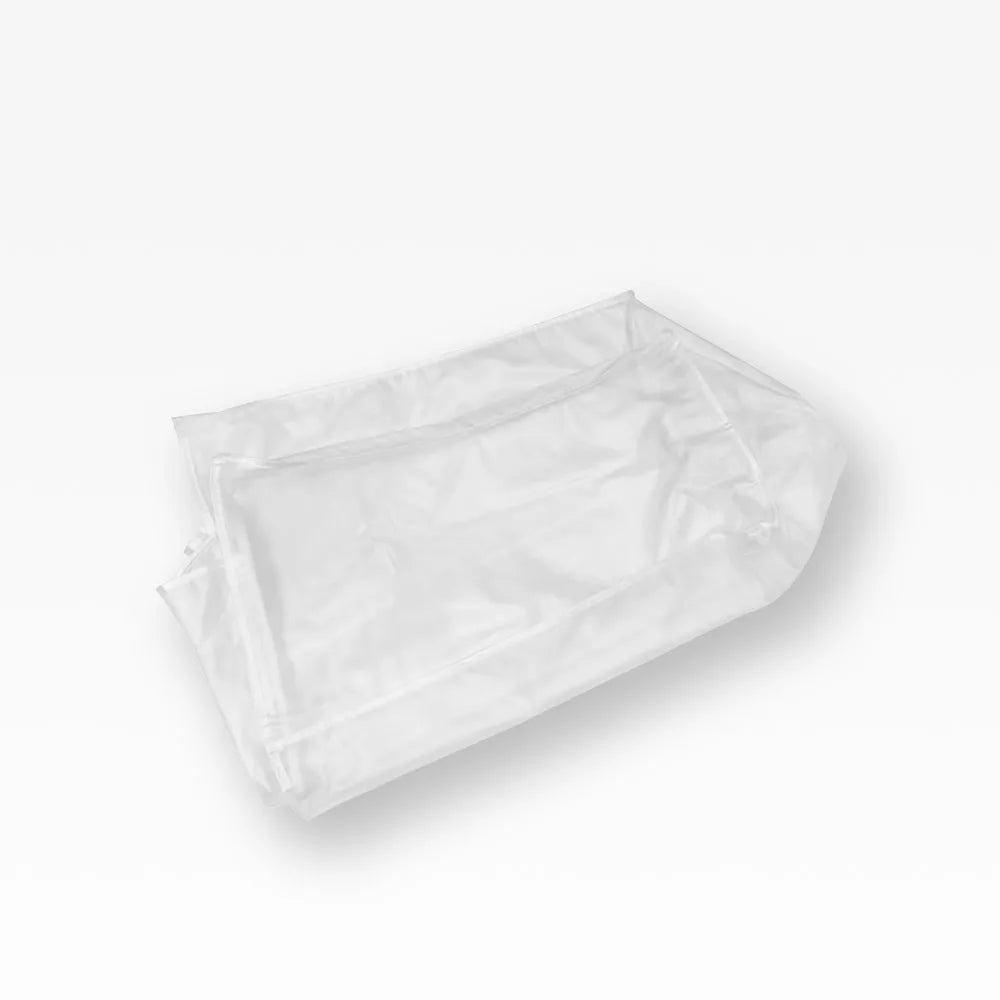
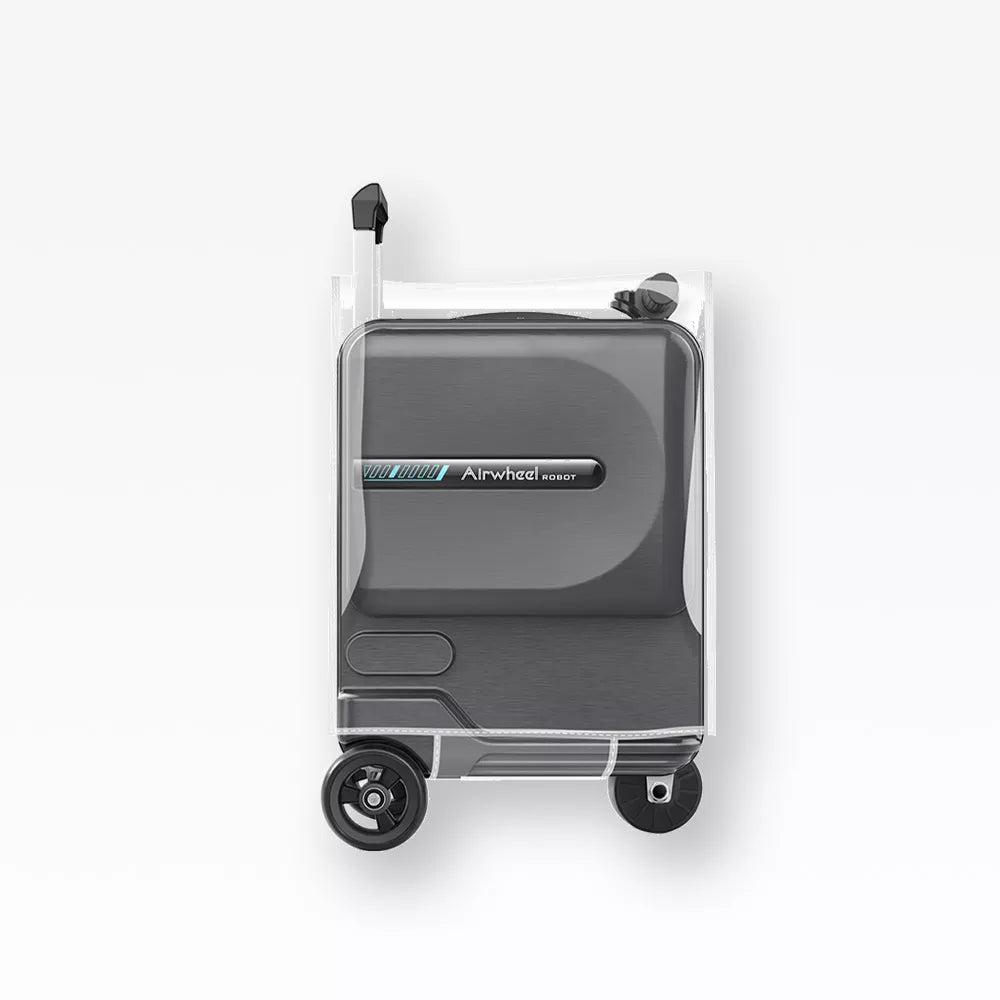
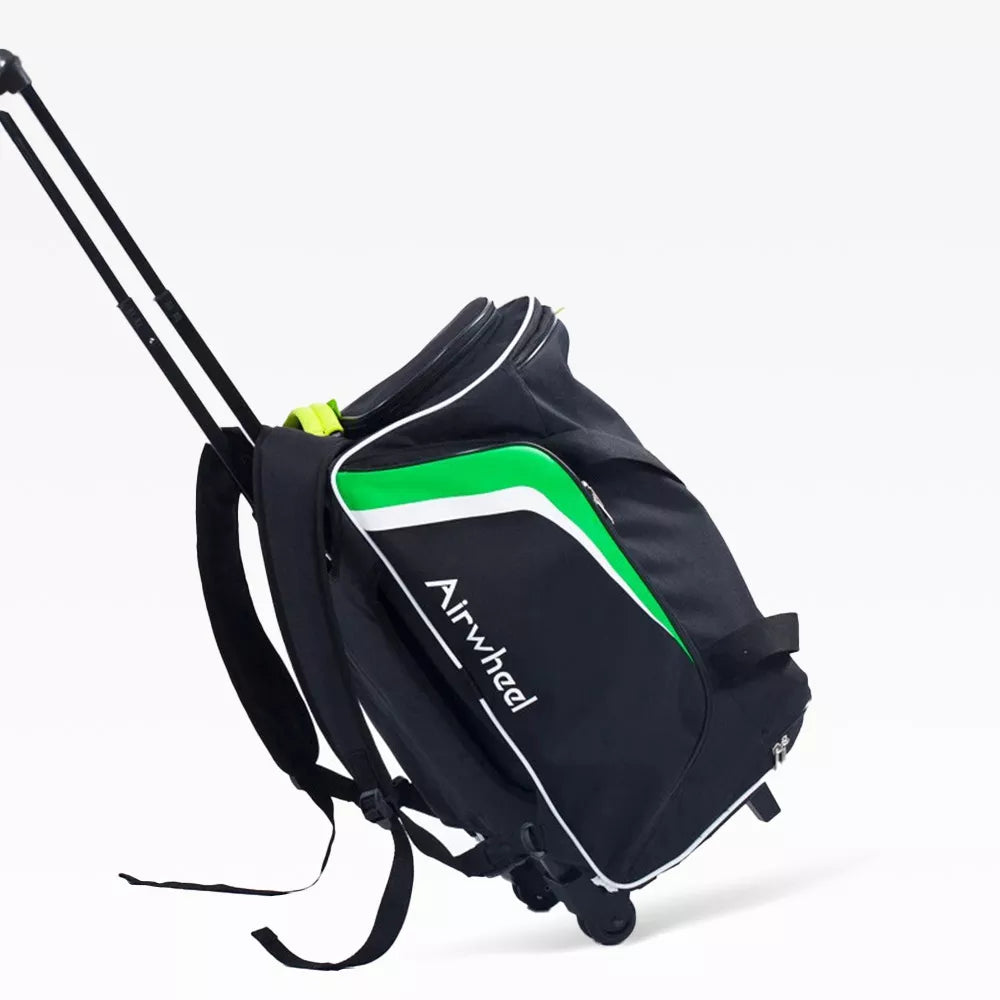
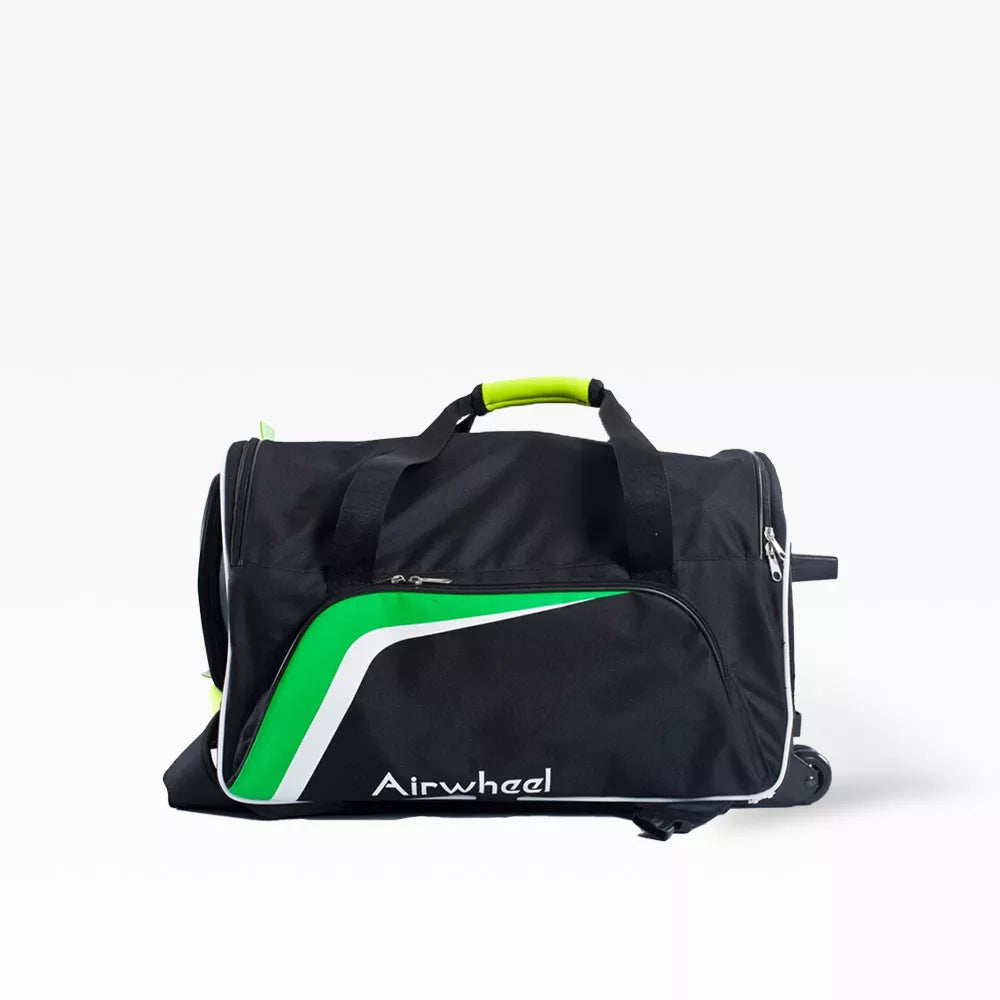
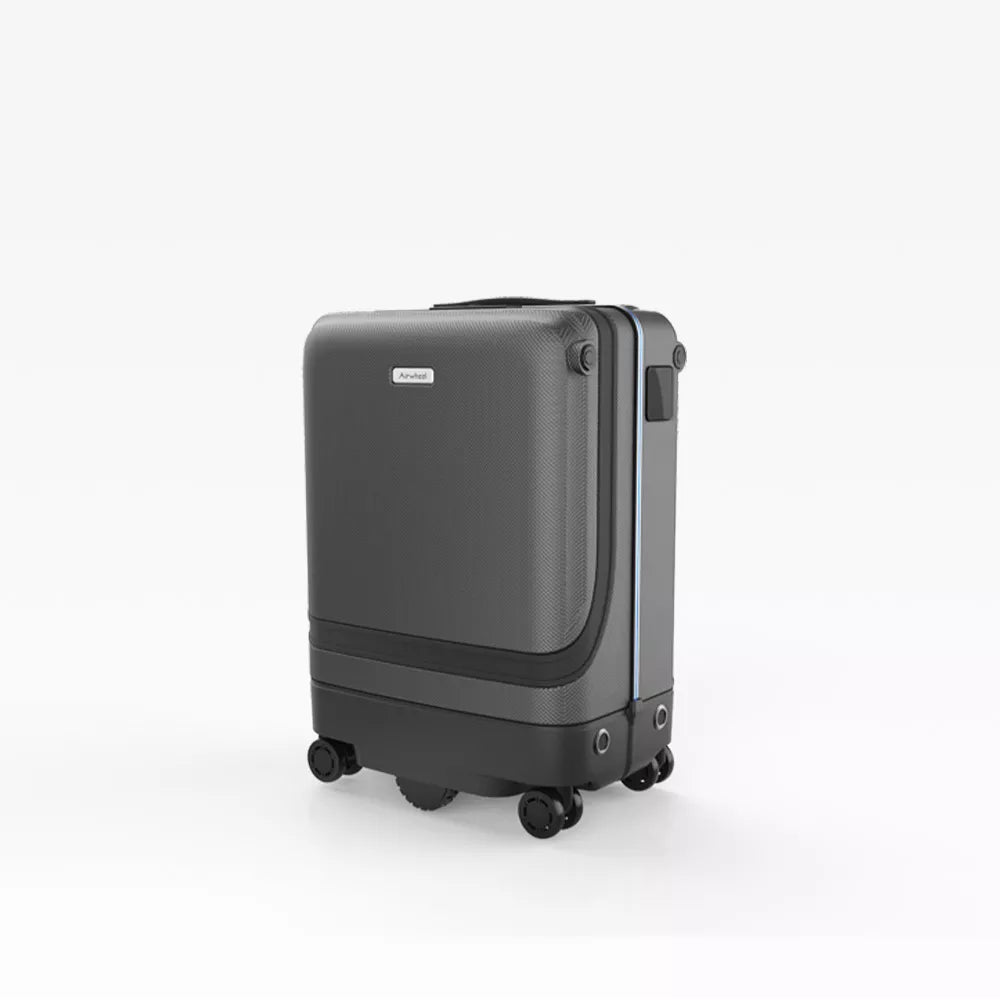
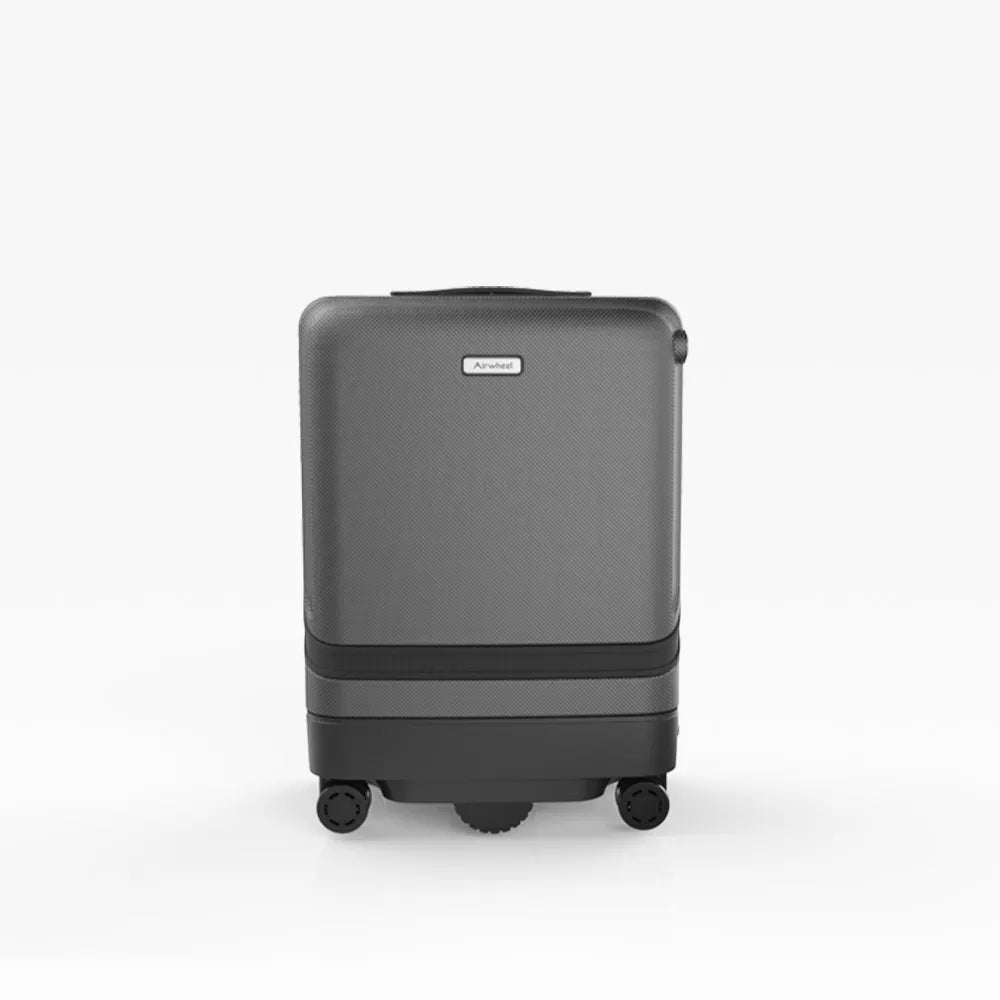
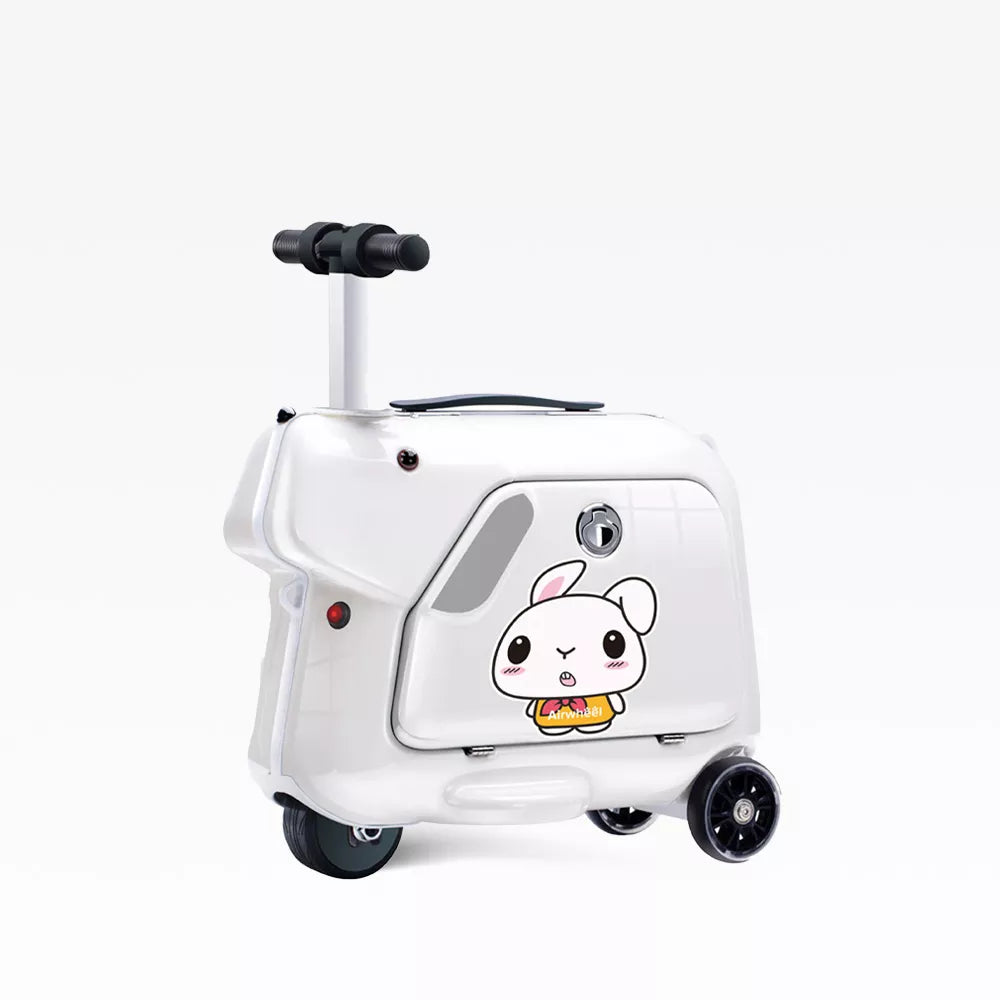
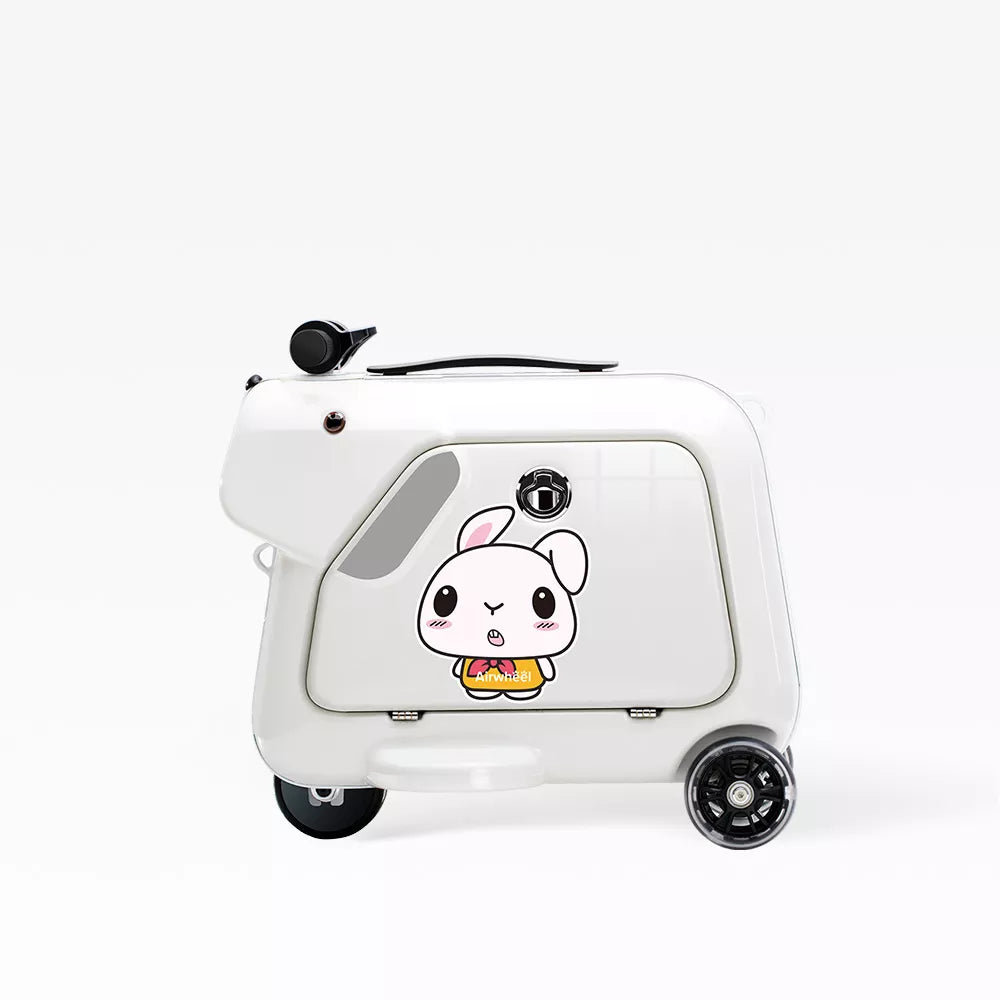
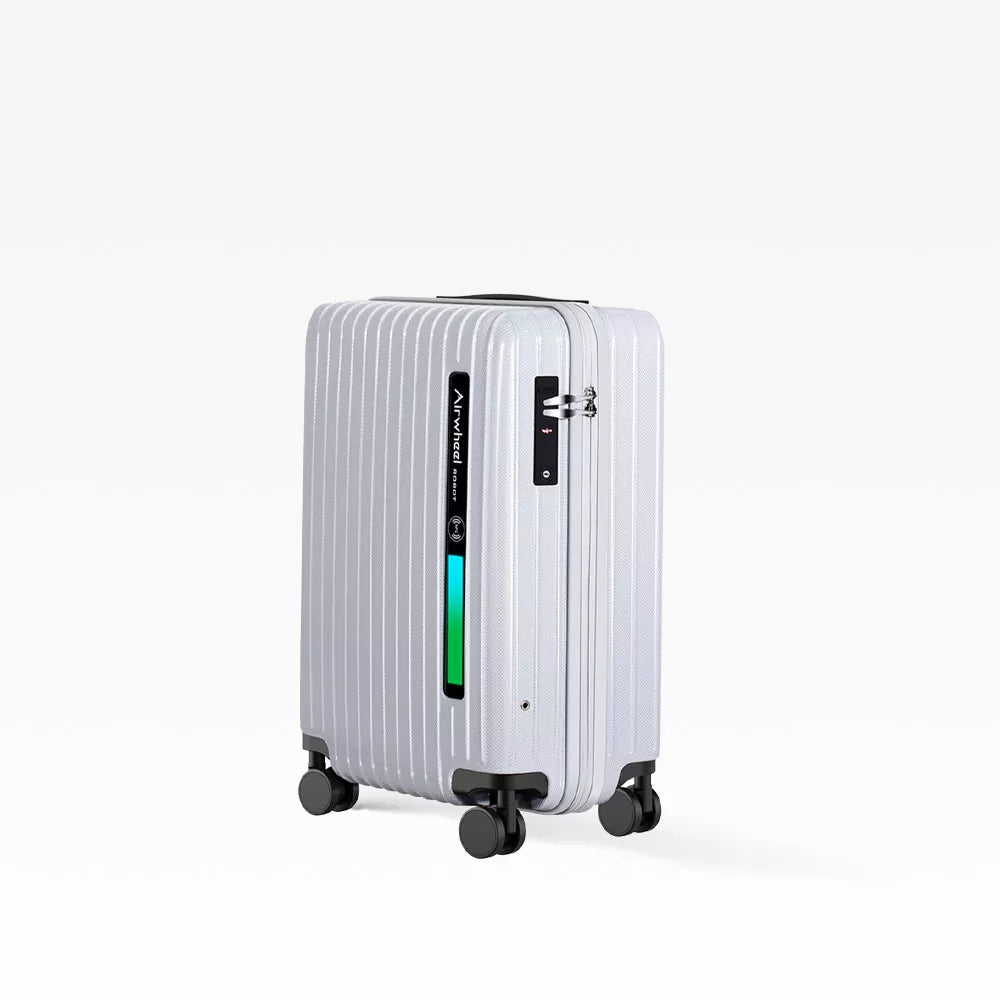
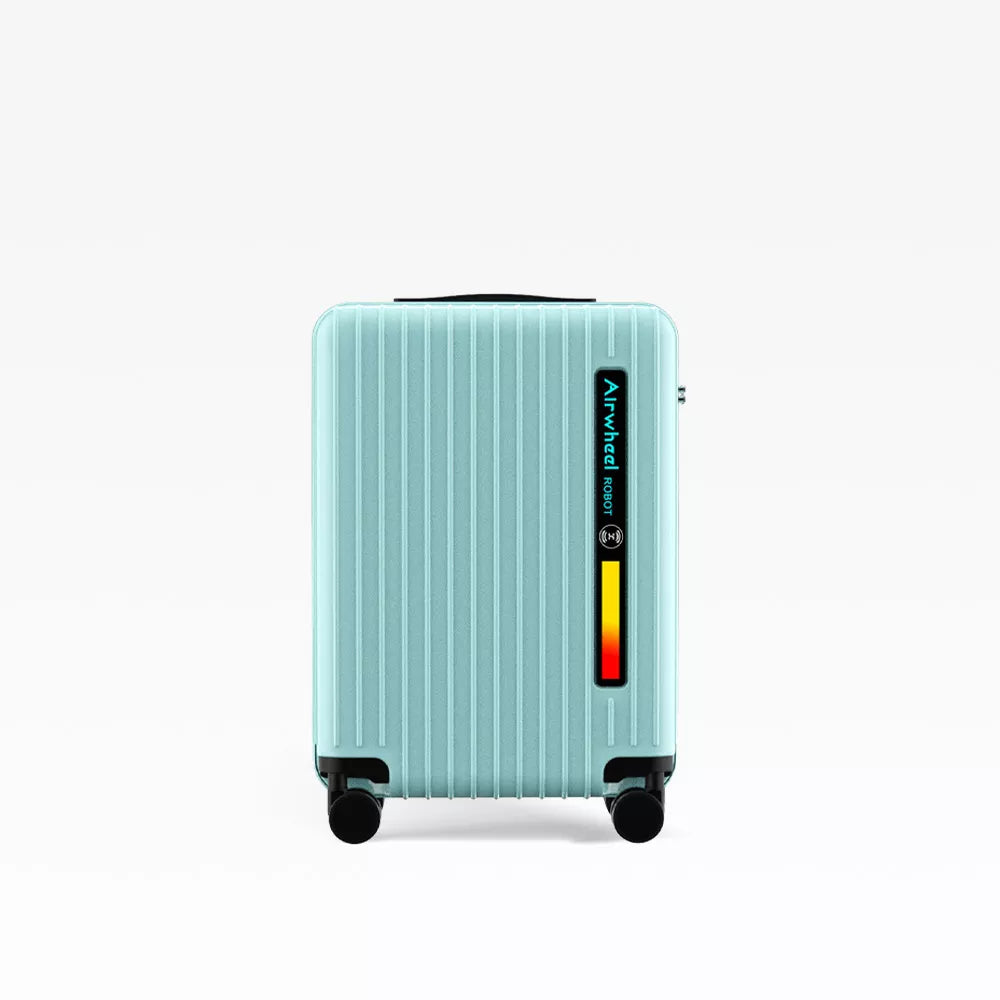
Leave a comment
This site is protected by hCaptcha and the hCaptcha Privacy Policy and Terms of Service apply.